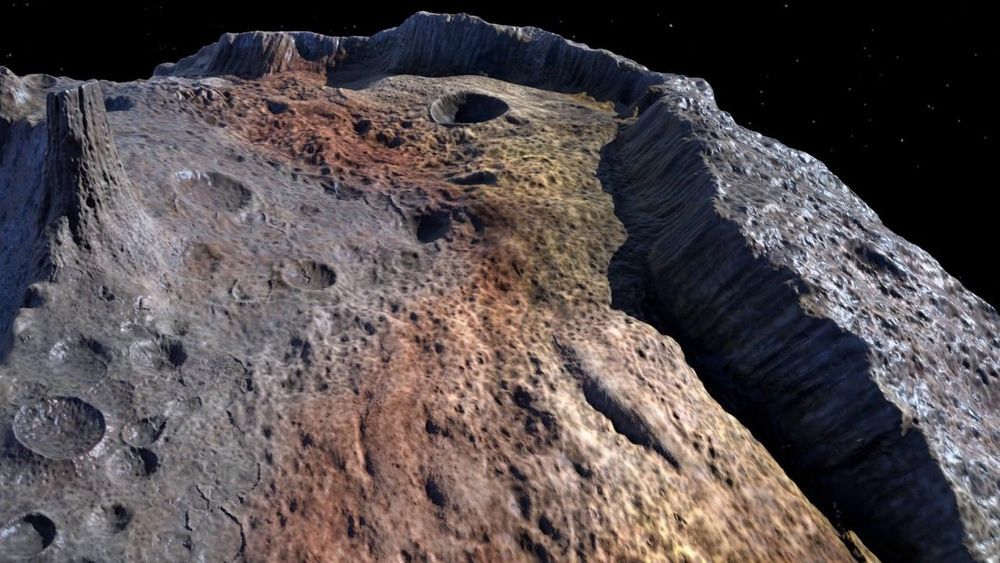Apr 27, 2019
Autonomous Scooter Uses AI to Learn Your Favorite Routes
Posted by Genevieve Klien in categories: futurism, robotics/AI
UK-based design agency Layer has teamed up with Chinese electric car maker Nio to create a smart scooter that can learn where you want to go.
Once “Pal” learns your preferred routes, the smart scooter can autonomously take you to your destination. On its website, Layer calls the scooter a “near-future prototype” that “embraces AI and machine learning to offer flexible and convenient ‘last mile’ travel.”
It’s a stunning example of industrial design that could make short-distance travel much more convenient — whether it will ever actually be sold to the public or not.
Continue reading “Autonomous Scooter Uses AI to Learn Your Favorite Routes” »

















